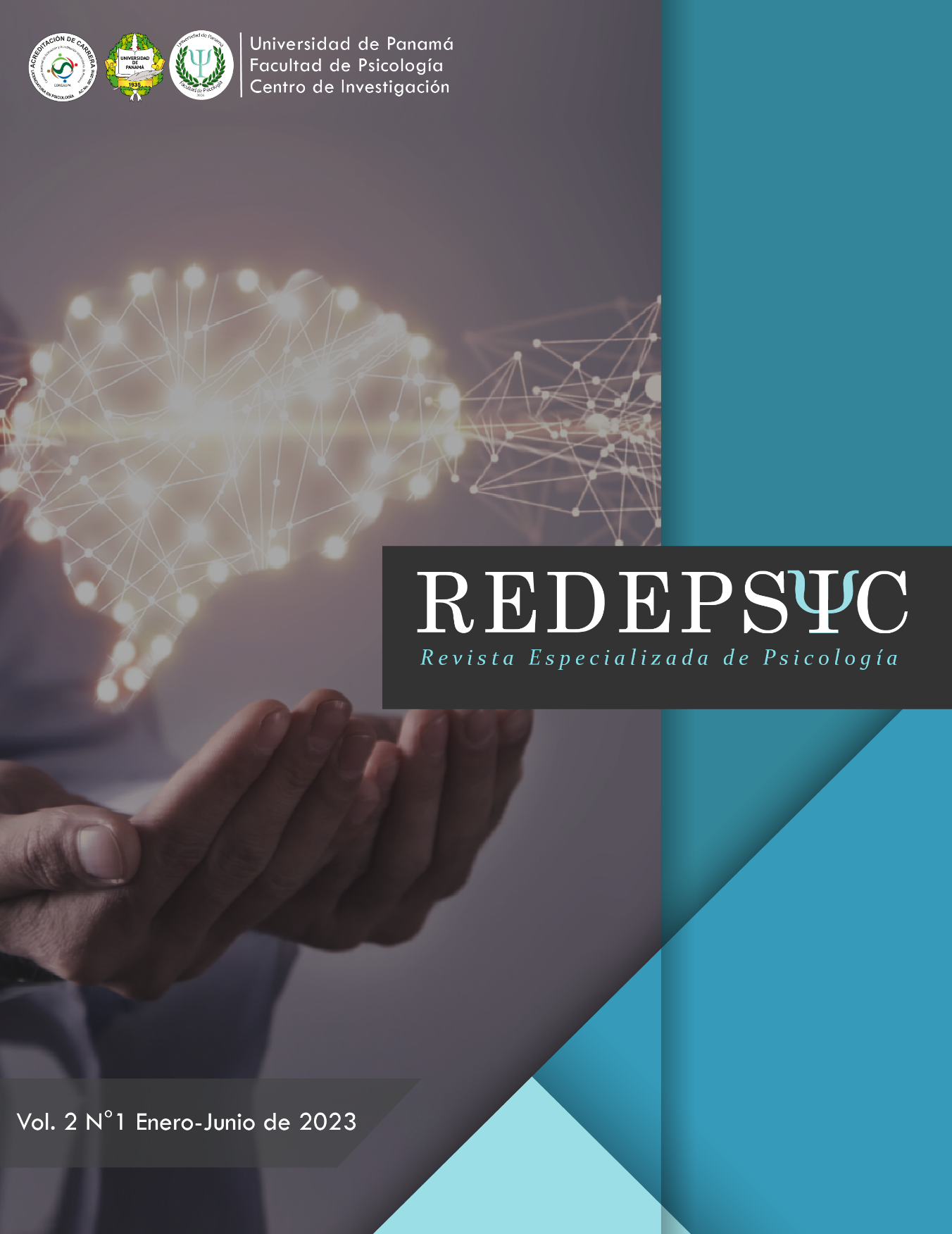

Con Guille, un niño autista, se explica los dos tiempos que considero indispensables para el posible tratamiento de esta condición. Guille carecía de un lugar dentro del esquema de relaciones simbólicas de la familia, se encontraba en un no lugar. La primera parte del proceso consistió en construir un lugar posible para Guille dentro de la familia: fue una paradoja que ese lugar fue dado a través de un diagnóstico que, lejos de congelarlo en una categoría, permitió a la familia empezar a verlo. Una vez establecido este lugar, la segunda parte del trabajo consistió en dar cuenta de los procesos de identificación que desarrollaba Guille durante las sesiones. Paulatinamente, y marcando las diferencias, posibilitó el funcionamiento de la identificación proyectiva, la creación de un espacio interior donde se metabolizara los objetos internos. Los primeros objetos que Guille introyecta son el analista y a los objetos internos que representaban al dispositivo, como prefiguración de la pareja parental, lo que permitió que se creara la posibilidad de interpretar, darle significado, a las estereotipias motoras que Guille estaba realizando y que eran considerados meros automatismos fisiológicos. La introyección de la pareja analítica hizo posible darle un sentido humano a lo que era mera descarga.